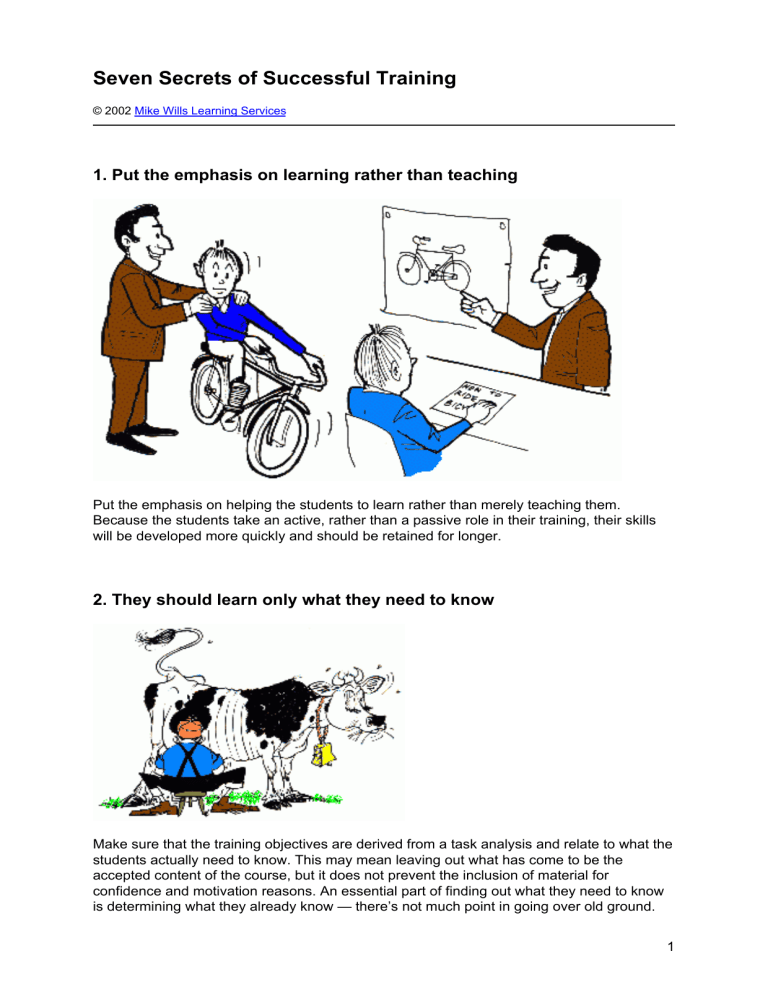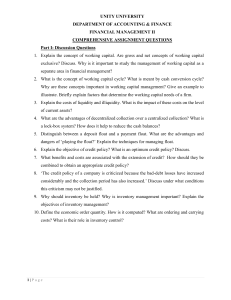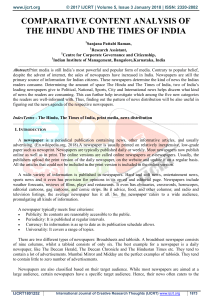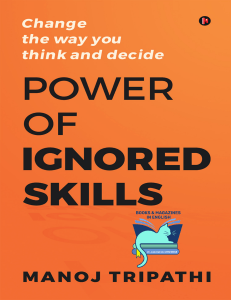
Seven Secrets of Successful Training © 2002 Mike Wills Learning Services 1. Put the emphasis on learning rather than teaching Put the emphasis on helping the students to learn rather than merely teaching them. Because the students take an active, rather than a passive role in their training, their skills will be developed more quickly and should be retained for longer. 2. They should learn only what they need to know Make sure that the training objectives are derived from a task analysis and relate to what the students actually need to know. This may mean leaving out what has come to be the accepted content of the course, but it does not prevent the inclusion of material for confidence and motivation reasons. An essential part of finding out what they need to know is determining what they already know — there’s not much point in going over old ground. 1 3. Let them know what they need to know Give the students the objectives at the beginning of the course. This means that, right from the start, they know where they are going, how they are going to get there and, most importantly, they will know when they have arrived. Without this sense of direction the students can get hopelessly lost and frustrated. Be careful of giving students the same detail of objective that you would use for presenting or developing a course. Although detailed objectives are needed for presenters and developers, students would be confused if they were presented with detailed, jargon−laden objectives at the beginning of a course. 4. Make sure they can walk before they run Make sure that the students are competent at one level before proceeding to the next. This provides a sound basis for future learning and you can assist this by having a logical flow that goes from: 2 • the simple to the complex, • the general to the specific and • the known to the unknown. 5. Check that they have learnt what they need to know Get the students to demonstrate that they have met the training objectives. Testing competence does not have to be an ‘examination’. The minimum condition is that the you should be able to observe the desired behaviour so the standards can be checked to see whether the training has been effective. The ‘tests’ should be based on the original objectives. This does not mean that we are ‘teaching the test’ or that the tests are easy — we are only wishing to test the students on the desired behaviour. If we give a student a test on something that has not been taught — even if the test is easy — the student will become confused and annoyed. 3 6. Expect and ensure success Expectation is one of the strongest motivators. Obviously, you should not express false expectations. Tests should only be given to students who are ready for it. To do otherwise is inefficient and could be dangerous. 7. Everyone can get an ‘A’ Because we assess our students against the test, there is no reason why all of our students shouldn’t get a high grade. Remember, we are assessing students against performance — not against each other. Rank−ordering students means that depending on the overall level of the class, students can be given a false impression of their ability. Another, misguided approach, is to force the test results into a normal distribution so that 50 per cent of the students pass, 25 per cent get credits and 25 per cent fail, but a normal distribution means just what it says. It is the kind of distribution you would normally expect when things are left to themselves. If we get a normal distribution it may mean that our training has little effect on the students. As trainers we should be aiming for all our students to pass and to get the highest possible score. At the very least, we would want the distribution of our results to be skewed towards the top end. approach.htm www.mwls.co.uk info@mwls.co.uk 4











